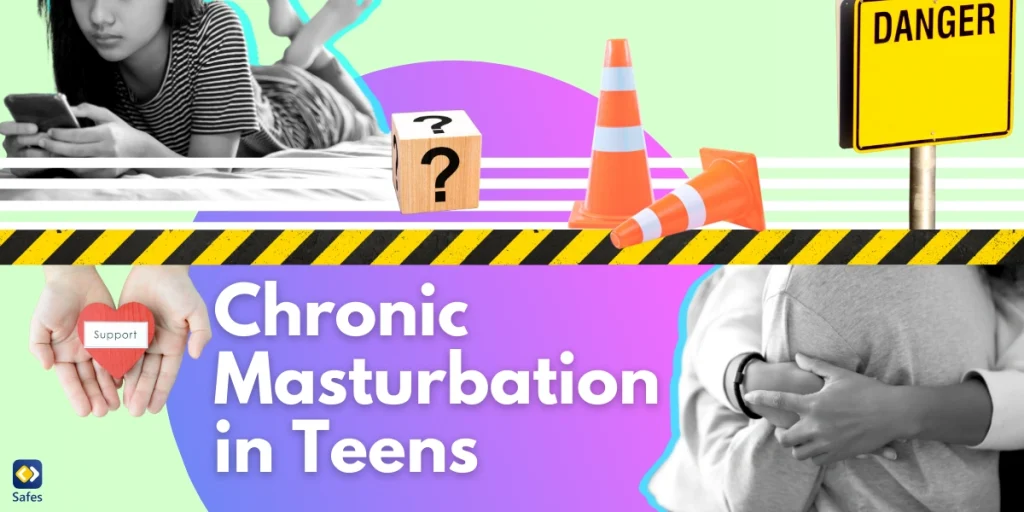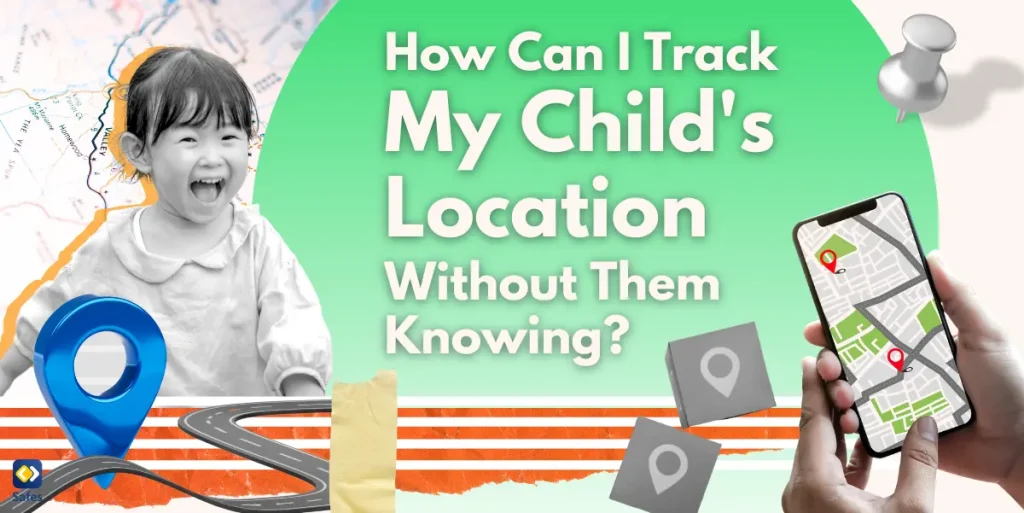Every school bell rings with tales of academic adventures and youthful camaraderie. Yet, beneath the surface, whispers of discontent often echo in school corridors. Tackling the question of why students hate school isn’t just about pointing fingers but understanding root causes and finding innovative solutions. This exploration dives deep into the myriad of reasons—from academic pressure to outdated curriculums—and sheds light on how parents and educators can collaboratively transform the narrative. Every student deserves an education journey filled with joy, curiosity, and inspiration.
Why Do Kids Hate School? Delving Into the Root Causes
School is a place for growth, learning, and friendships. But for some students, the very mention might evoke feelings of dread. Ever wondered why?
The Weight of Academic Pressure
It’s no secret that academic pressure is one of the prime reasons why kids hate school. The burden of excessive homework, paired with sky-high expectations, can easily overwhelm students. Constantly chasing grades and perfection might not only rob them of their childhood but can also lead to burnout. Instead of focusing solely on results, there’s a need to balance academic rigor with student well-being. This could involve ensuring kids get downtime and holistic education, not just heaps of assignments.

The Classes’ Failure to Captivate
Lack of engagement is another substantial issue. Remember the lessons you eagerly awaited? It was probably because the teaching method was interactive and creative. Schools should prioritize engaging teaching methods that cater to different learning styles. Whether it’s through group projects, field trips, or tech-based methods, an interactive approach can make learning more relatable and fun.
Navigating Social Hurdles
Bullying and social issues are often sidelined, but school violence statistics paint a grim picture. The impact of bullying can be long-lasting, affecting a student’s self-esteem and love for school. Fostering a safe and inclusive school environment is paramount. This means proactive anti-bullying programs and channels for students to voice their concerns.
Irrelevance of Curriculum
A disengaged student might often be the result of an irrelevant curriculum. If what they’re learning feels disconnected from their world, boredom kicks in. Schools should be dynamic, updating their curriculum to reflect the evolving world, ensuring it remains relevant and engaging.
Testing Times
According to research, an overemphasis on testing is draining students. The anxiety, the pressure – it’s more than just about getting a grade. While assessment is crucial, schools could explore alternatives to testing-based assessment, like project-based evaluations or continuous assessment, to reduce stress and foster a love for learning.

Turning Classrooms Into Catalysts: Solutions From Schools
If we were to peek into the minds of students, the question “How many kids hate school?” might return a number higher than we’d like. But every challenge is an opportunity in disguise. As we dig deeper into potential solutions, schools are rising to the occasion, turning classrooms into catalysts of inspiration and learning motivation.
Prioritizing the Heart and Mind
While academics are the backbone of education, schools are realizing the importance of promoting student well-being. Reducing the weight of excessive homework, rolling out counseling services, and setting up mental health resources such as school counselors are crucial steps. After all, a relaxed mind is more receptive to learning.
Teaching Outside the Textbook
Innovative teaching isn’t a luxury; it’s a necessity. By backing educators with professional development opportunities, schools are witnessing a shift towards student-centered and project-based learning. According to Edutopia, these new approaches to learning promote critical thinking and creativity and help students retain more knowledge. It’s a delightful sight to see students not just learn but live the lessons.
Building Trust, Breaking Silence
Bullying isn’t just a school issue; it’s a societal one. With comprehensive anti-bullying programs in place, schools are setting clear standards for behavior. More importantly, open communication channels ensure that students always have a voice and a listening ear.
Evolving With Times
The curriculum isn’t a static entity. With regular reviews and a touch of student feedback, it’s evolving to stay relevant and in tune with the changing world. When students see the real-world application of their lessons, their drive to learn multiplies.
Measuring Beyond Marks
Rethinking assessment is the need of the hour. As schools explore beyond standardized testing, there’s a growing emphasis on formative assessment and skill development. After all, it’s not just about the grade but the growth.

“My Child Hates School”: Parental Playbook to Fuel Passion
Beyond this declaration might lie deeper sentiments like disinterest, distress, or even depression. As guardians of their aspirations, parents play a pivotal role in turning things around.
Listening and Sharing
The key to understanding is open communication. Foster a home environment where discussing school isn’t a chore but a routine. From their favorite subject to that tricky math problem, dive deep into their academic world. But equally crucial is being attentive to signs of distress, as neglecting such could lead to a child who hates school and depression. Furthermore, studies have affirmed that parental educational participation, like discussing school matters, checking homework, or engaging in school activities, can amplify children’s academic performances

The Parental Presence
Robust parent involvement in schools does wonders. Active participation, like attending parent-teacher meetings or being a part of school events, allows parents to be in sync with their child’s educational journey. Moreover, it provides a platform to advocate for their needs, ensuring they get the best educational experience tailored to them.
Crafting the Home Classroom
Home isn’t just where the heart is; it’s where learning blooms too. Design a conducive learning environment that mirrors the joy of discovery. Encourage reading, exploration, and hobbies that enrich and complement what’s taught at school.
Beyond the Books
Schooling isn’t restricted to textbooks. Encourage your child to step out and indulge in extracurricular activities. Whether it’s art, sports, or music, help them find their passion outside the classroom walls. After all, discovering one’s interest can reignite the love for learning
Digital Vigilance: Introducing Safes
In the digital era, staying connected to a child’s school journey extends beyond parent-teacher meetings. Enter Safes—a parental control app that bridges the gap between home and school. Safes not only allows parents to monitor academic progress but ensures that the online realm aligns with their child’s educational journey. Tailored to both iOS and Android platforms, Safes offers the ideal blend of oversight and flexibility, allowing guardians to be present in their child’s digital world, ensuring a seamless and secure learning experience. A proactive approach, in tandem with schools’ efforts, can truly shape a brighter educational future. Sign up for a free trial with Safes to help your child enjoy learning again.
Turning the Page on School Discontent
In the grand tapestry of education, every stitch represents a student’s experience, with its shades of joy, curiosity, and sometimes, dismay. Addressing why students may disdain school requires more than fleeting concern—it demands understanding, action, and consistent effort. Whether it’s through revamped teaching methods, evolved curriculums, or fortified parental involvement, the canvas of school life can be recolored with brighter hues. After all, the ultimate quest is ensuring that every young learner feels the rhythm of joy in their educational journey and sees school as a sanctuary of discovery rather than a den of distress.




